History
Emil Frei & Associates is a group of artists and craftsmen sharing in the labor, joy, sacrifice, and reward of our work. We believe that the finest liturgical art requires a synthesis of art, theology, architecture, and craftsmanship.
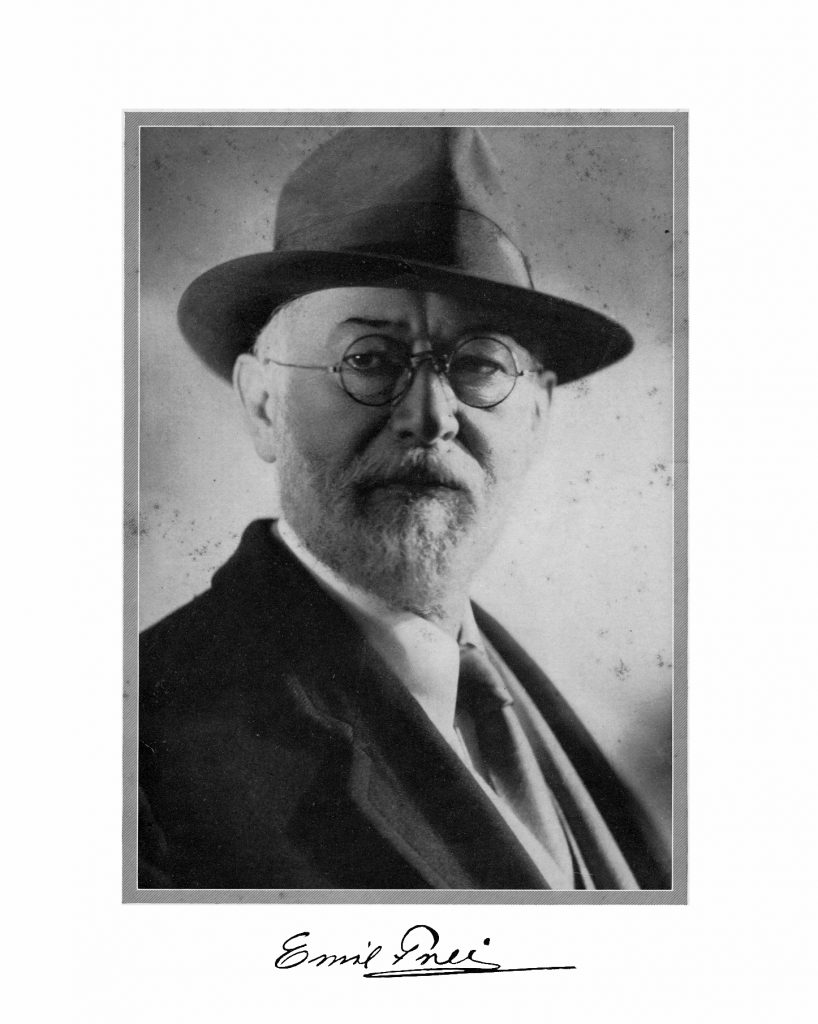
The Early Years: Emil Frei Sr., Artist and Visionary
Born in Bavaria in 1869, Emil Frei realized his calling as an artist and enrolled in the Munich Academy of Art. Alarmed by the fascist direction that Germany was heading and the accompanying mandatory military service, he immigrated to New York where he would be free to practice his art. In 1895, he moved to San Francisco with his new bride, Emma, to work as a muralist. Shortly thereafter, his wife fell to the homesickness that is part and parcel with living in a new land and speaking a foreign tongue. While strongly considering a move back to their homeland, Emil was invited to St. Louis to design stained glass windows for St. Francis Xavier (College) Church, a monumental church under construction at the time. Like many Midwestern cities at the turn of the century, St. Louis boasted a large and vibrant German community where traditions and native tongues were fiercely clung to. With Emma suddenly feeling at home, the decision was made to permanently settle in St. Louis.
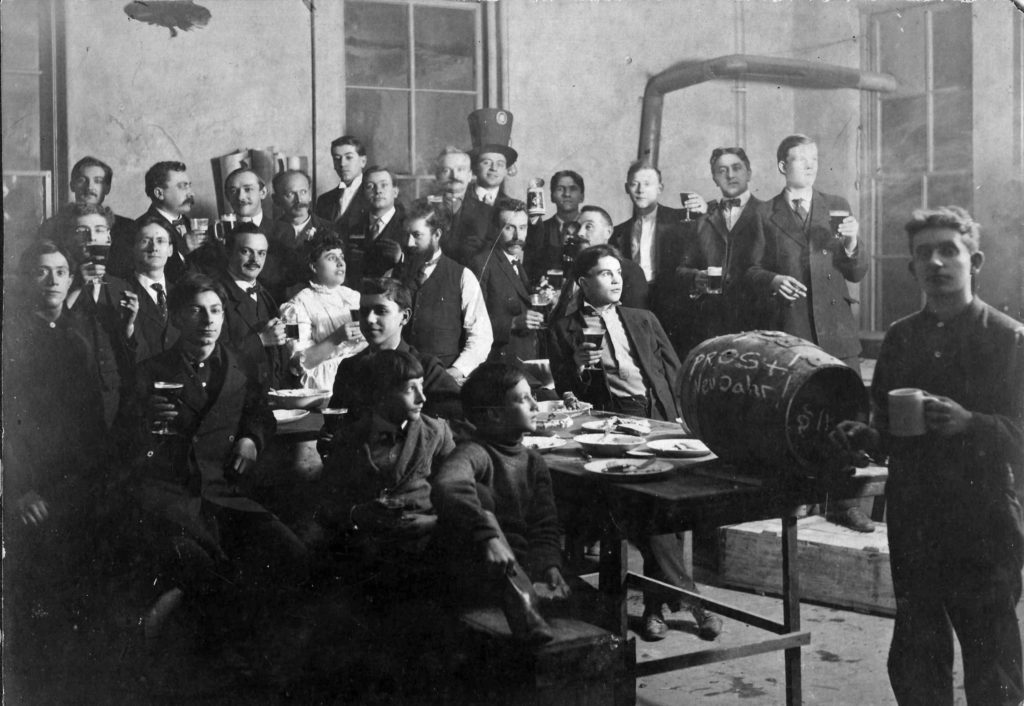
Emil Sr. started his own stained-glass company, Emil Frei Art Glass, in 1898 on South Broadway. In 1907, he would move the company to 3934 S. Grand where it would remain until 1971. Indicative of the simpler times, a large portion of the Studio on S. Grand would be built by the Franciscan Friars of St. Anthony of Padua as payment for the windows for their church. During the tenure of Emil Sr., the studio became known for some of the highest quality Munich pictorial stained-glass windows in the world, as evidenced by the grand prize won at the 1904 Louisiana Purchase Expedition for windows done at Holy Family Church in Waterton, New York. This style, characterized by its utterly life like portraits of saints and biblical scenes, particularly of the life of Jesus, was the pinnacle of painting on glass. These windows were so detailed that many of the artists at the studio would spend their whole career painting nothing but faces and hands. And with the rapid spread of new churches being constructed to meet the surge of immigrants, there was no shortage of work. To meet this heavy demand, the company established a branch in Munich, Germany which survived until the Second World War when it was first seized by the German state and then destroyed by Allied bombing in 1944.
The growth and reputation of the studio would be further enhanced by its entry into the field of mosaics. In the 1920’s, Emil Frei Sr. was commissioned to undertake the mosaic design for the New Cathedral on Lindell Boulevard, the first million-dollar church in America. Collaborating with a mosaic firm in Berlin, Emil Sr. would found Ravenna Mosaics, Inc. as another arm of his studio. Although the Ravenna Company (as it would ultimately be known) later separated from Emil Frei, Inc., the New Cathedral is credited with now having the largest collection of mosaics in any one single location and remains an unquestionable jewel of the St. Louis landscape.

Modernizing a Traditional Art: The Studio Under Emil Frei Jr.
Upon the death of Emil Frei Sr. in 1942, leadership of the studio was assumed by his son Emil Frei Jr. A graduate of the Washington University School of Fine Arts, he had joined the studio as an artist in 1917. Under his tenure, the company experienced a remarkable growth in artistic scope and creativity and, consequently, became a pioneer in the field of modern liturgical art. Under his leadership, a dialogue between the riches of the past and the promise of the future found its full fruition. This shift is visible in Emil Frei Jr.’s most widely acclaimed work, the windows of St. Francis Xavier (College) Church. Drawing inspiration from Chartres Cathedral, Emil Frei Jr. created a mystic feel reminiscent of the gothic cathedrals of France through the use of deep jeweled colors, heavy usage of symbolism, and an overall plan intricately interwoven.
The effort to promote the revival and modernization of stained glass was not left to Emil Frei Jr. alone. A team of highly gifted artists working in the Studio brought with them a variety of new ideas, innovative designs, and expert skill. Chief and earliest among these was Robert Harmon, who joined Emil Frei, Inc. in 1938. Under the tutelage of Emil Frei Jr., Bob Harmon soon earned a reputation as a trailblazer in the modern stained-glass movement. Windows he designed for St. Ann’s in Normandy, Missouri were featured by Time Magazine as one of the boldest attempts to break the poor imitation of gothic windows so common during his era. With the rising costs of labor and a shift towards the contemporary, Munich Pictorial would become more and more a thing of the past, to be replaced by a new generation of art. No less integral to this development was the work of Francis Deck, Milton Frenzel, Charles Eames, Robert Frei (Emil Frei Jr.’s son), William Shickel, Rodney Winfield, Siegfried Reinhardt and Russell Krauss. The plurality of artists also ensured that Emil Frei, Inc. would not fall victim to the charge of a static style, as each individual left a footprint entirely his own. Each church could claim their own unique windows.
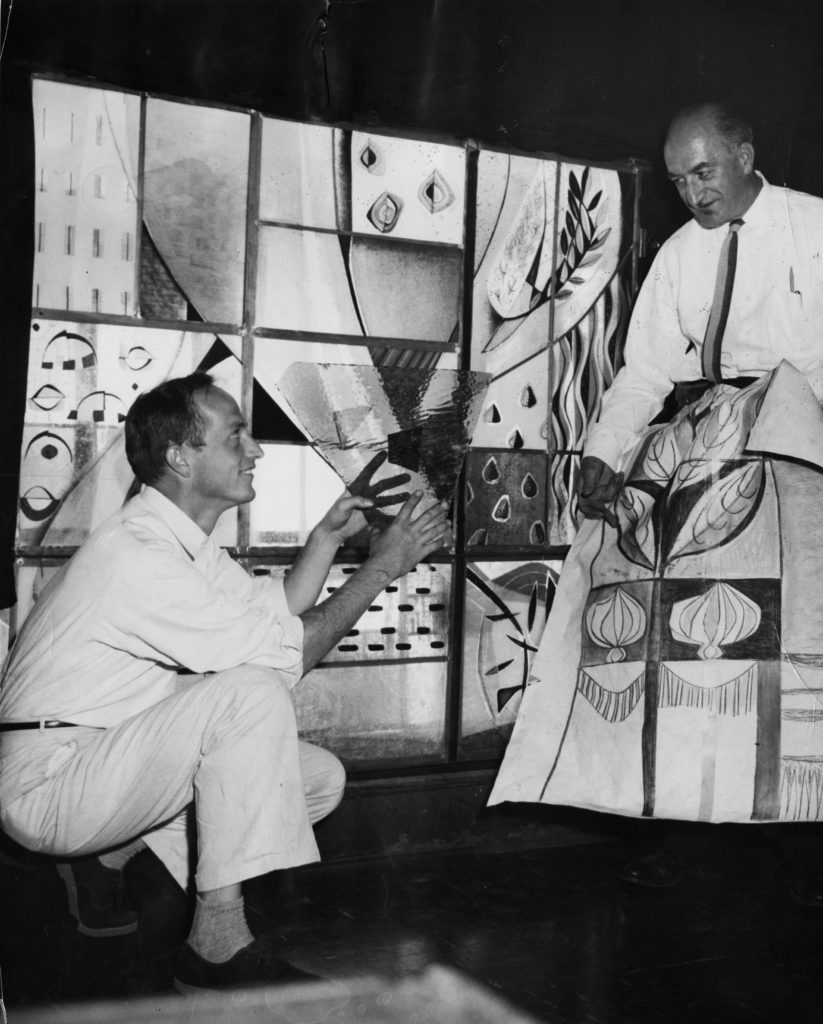
Reinvention: The Studio Under Robert Frei
After the retirement of Emil Frei Jr. in 1963, the presidency of the company would be handed over to Robert Frei, the third successive generation and an artist at the studio since 1946. The liturgical arts landscape had changed drastically since the days of his grandfather. No longer were churches being built at the incredible pace set in the early 1900’s. Dwindling church membership, increasingly tight budgets and a diminishing appreciation for the arts meant that Robert Frei would have to adapt the business in order to avoid the collapse that plagued so many of his colleagues at this time. The drop in demand carried with it the need to scale back the studio and so, after nearly 70 years at the S. Grand Avenue location, the company relocated to Kirkwood, where it currently resides.
Following the lead of his father, Robert recognized that much of the beauty of stained-glass windows lay in the marvelous and wide array of textures and colors present in the glass material itself. He sought to let the glass speak for itself through simple yet elegant designs that also expressed a renewed appreciation for the importance of lead lines. The result was a crystalline creation stressing the dynamism of glass as well as a renewed appreciation for the importance of lead lines in the design.
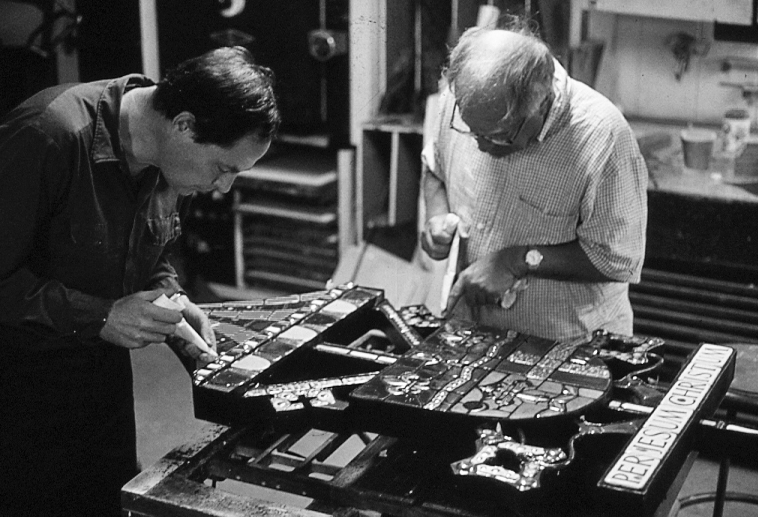
Continuing a Legacy of Innovation: The Studio Under Stephen Frei
Leadership of the studio would reach the fourth generation with the presidency of Stephen Frei in 1990. In over two decades of his leadership, Emil Frei, Inc. became recognized as one of the foremost studios at restoration. Stephen was joined by his brother David, whose education background proved in designing innovative solutions to preservation conundrums, including the design of a twenty-foot-tall double-hung stained-glass window system to protect the windows of St. Michael’s in Biloxi, MS from future hurricanes. This success was mirrored in the number of employees working there, as it grew from just four people in 1990 to fourteen in 2012.
During this time, many of the older artists were succeeded by a new generation, such as Br. Martin Erspamer, O.S.B., who is still one of the top liturgical artists in the nation. The studio continued to command a formidable presence in the creation of new windows throughout the country.
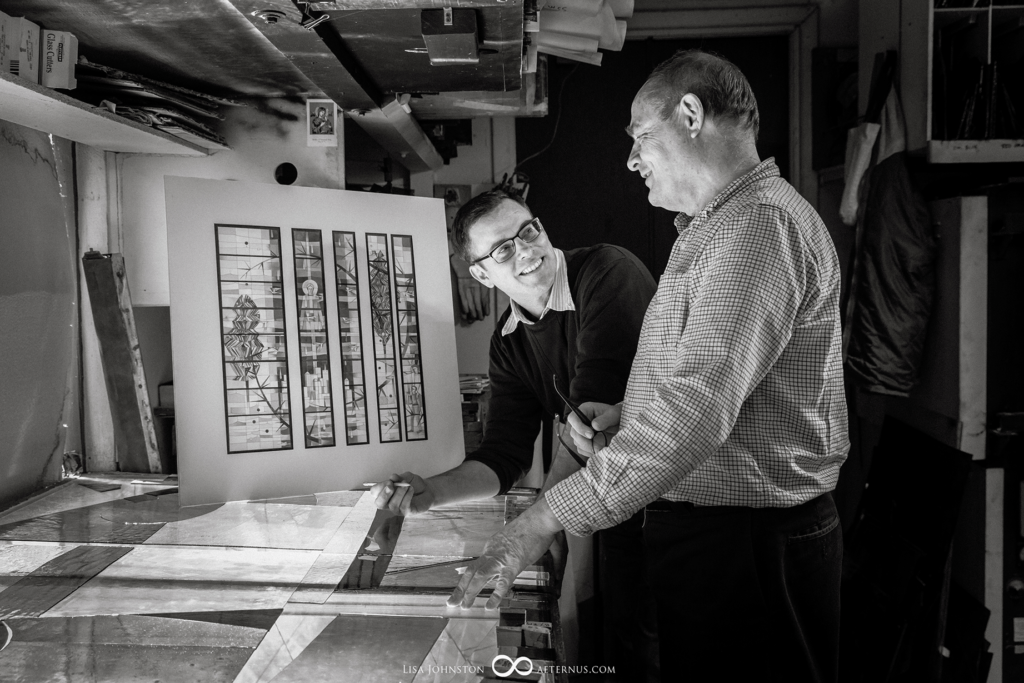
The Studio Today
Four members of the fifth generation of the Frei family have been working at the studio since the mid 1990’s. With a variety of skills culled since childhood, they serve in various roles—glaziers, cutters, cementers, installers, and theological advisors. In 2016, Aaron Frei was named the fifth successive generation of the family to lead the firm.
Over the past decade, the Frei Family has been greatly fortified by a talented team of artists and craftsmen who have expanded the studio’s services to include Liturgical Design and have renewed the studio’s focus on mosaics. Their love for the art, and the humbling realization that this is a gift not their own, ensure that they will be capable heirs for a promising future.
